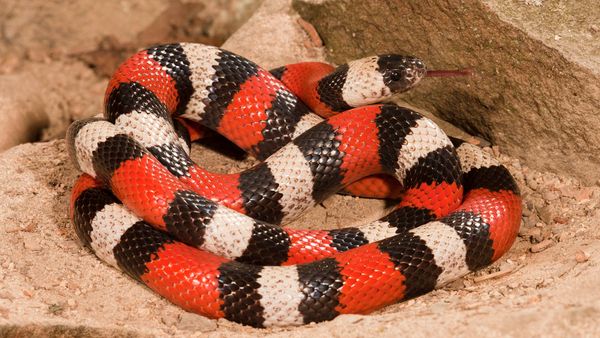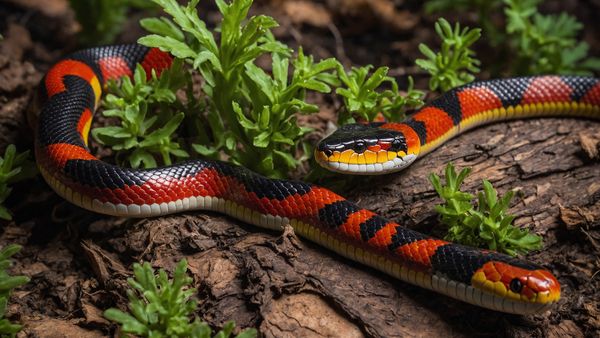In the United States, your chances of getting killed by a rattlesnake — any rattlesnake — are statistically slim. That said, in the event of a bite, get to a hospital as soon as you can. (If possible, photograph the actual snake for identification purposes.)
When rattlers bite people, it's often a response to inappropriate handling. Give these reptiles their space and they can make great neighbors. Research published in 2013 suggests timber rattlesnakes may be doing us a huge favor by eating certain rodents which are known to spread Lyme disease.
Unfortunately, Crotalus horridus has seen better days as a species.
Timber rattlers have gone locally extinct in Michigan, Maine, Rhode Island and Delaware over the years. Meanwhile, there's only a single breeding population of them left in the entire state of New Hampshire.
Habitat loss, persecution by fearful humans and the overcollection of wild snakes for the pet trade have all contributed to this decline. So has the rise of Snake Fungal Disease (SFD), an infectious disorder that can lead to blisters, clouded eyes and life-threatening skin lesions.
Slow maturity rates aren't helping. Timber rattlers can live into their thirties, but some females don't start reproducing until age 10. After she's given birth to her first litter, a mother timber might not have another one for three to five more years — or ever, really.
Today, the timber rattlesnake is considered "endangered" or "threatened" in 12 states. Conservationists around the country are working hard to secure a brighter future for this great American serpent.



